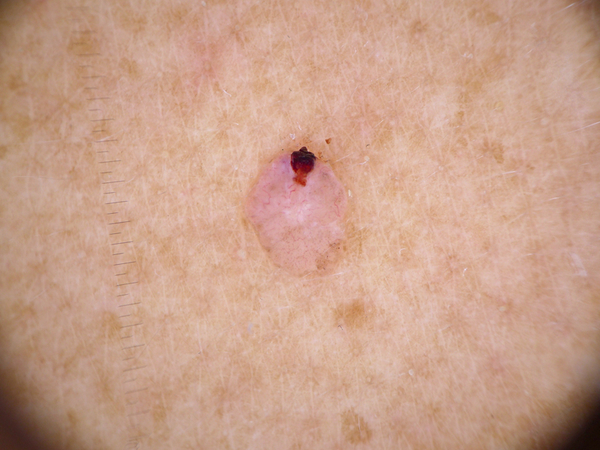Most people develop moles at some point in their lives. While many are harmless, a few may signal something more serious. Knowing how to distinguish between benign and malignant moles can lead to earlier detection and better outcomes. A dermatologist plays a key role in evaluating skin changes and guiding patients through next steps. Routine skin checks and awareness of changing features make a measurable difference in long-term care.
Features of Benign Moles
Benign moles typically have a smooth, symmetrical shape with even coloring. They often appear in childhood or early adulthood and stay consistent in size over time. These moles may be flat or slightly raised and range from pink to dark brown depending on skin tone. In most cases, benign moles require no treatment unless they cause irritation or cosmetic concern. A dermatologist may still recommend monitoring to be sure no changes occur over time.
Changes in a mole’s size, shape, or color should prompt a closer look. Malignant moles tend to have asymmetrical borders, varied shades, and irregular edges. Other warning signs include rapid growth, bleeding, itching, or a mole that suddenly appears after age 30. These characteristics may indicate melanoma or another form of skin cancer. If a mole exhibits any of these signs, a dermatologist may perform a biopsy to confirm the diagnosis.
While some individuals rely on home checks or online comparisons, only a trained dermatologist can make an accurate assessment. Skin cancers often mimic benign moles in their early stages, making professional insight key. Using tools like dermoscopy and skin imaging, dermatologists evaluate structure and pigment patterns not visible to the eye. This thorough approach allows for earlier intervention and reduces unnecessary procedures for benign growths.
What to Expect During a Skin Check
During a skin exam, a dermatologist will examine the full body, including areas not typically exposed to sunlight. The process is quick and noninvasive, taking note of both existing moles and any new lesions. If something appears unusual, a small tissue sample may be collected for further review. Results from this analysis guide treatment, which could include observation, surgical removal, or additional imaging. Regular exams help track changes and support early detection.
Even if all current moles are benign, skin can change with age, sun exposure, or hormonal shifts. That’s why ongoing monitoring is important. A dermatologist may recommend annual checks or more frequent visits depending on personal and family history. Patients with fair skin, a high number of moles, or a prior diagnosis may require closer observation. Developing a habit of checking skin monthly at home supports awareness between appointments.
Schedule a Dermatologist Visit
Anyone who notices new moles, evolving features, or symptoms like itching or bleeding should schedule a dermatology appointment. These early steps give providers a better chance to diagnose and treat conditions before they become more serious. Seeing a dermatologist is not just for emergencies—it’s a proactive measure that supports long-term skin health. Regular visits help identify issues early and give patients peace of mind about what’s normal and what’s not.

